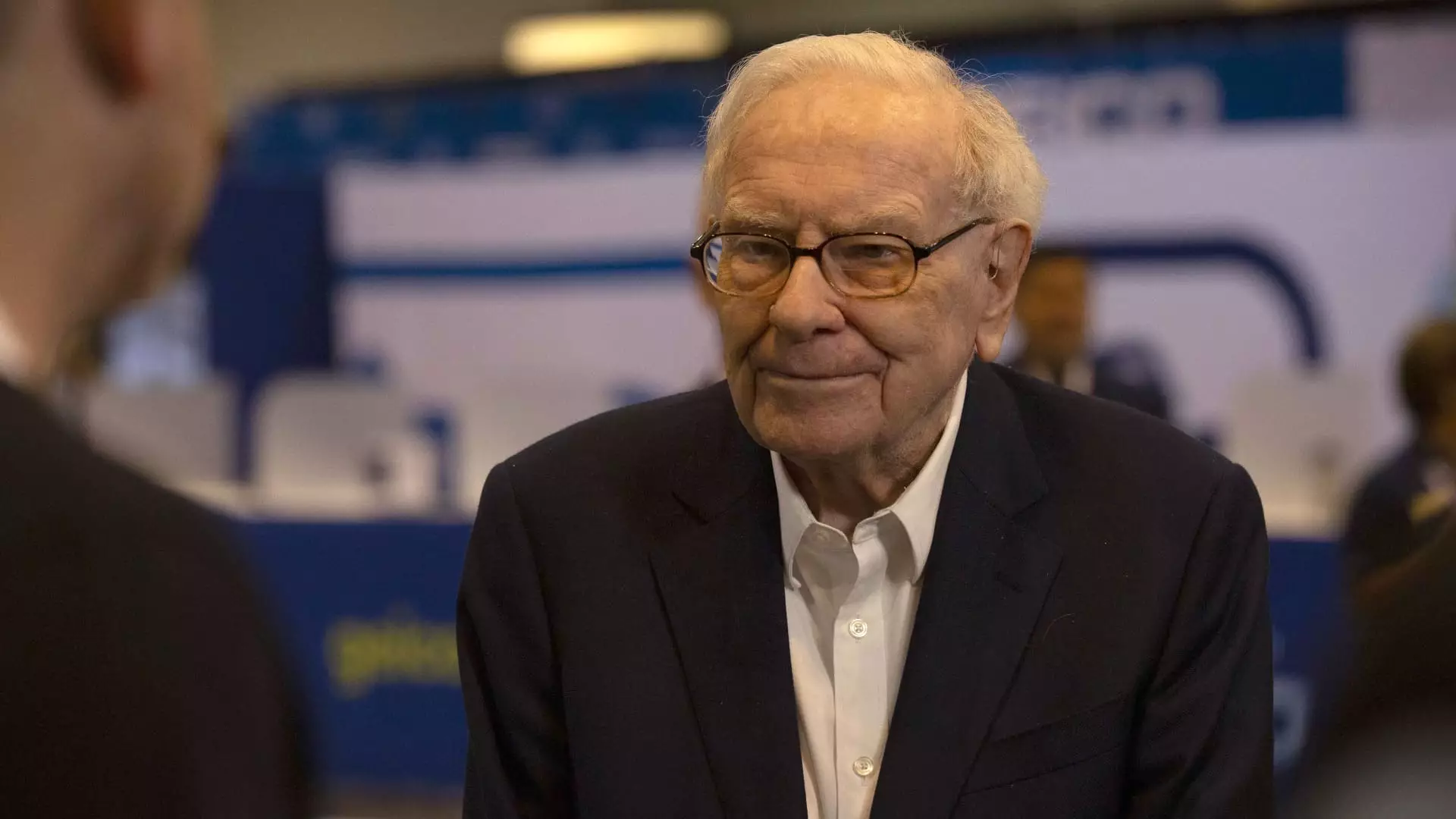Warren Buffett, the renowned investment mogul and CEO of Berkshire Hathaway, has made notable headlines recently by reducing his stake in Bank of America (BofA) to below the significant 10% threshold. This decision, disclosed through a filing with the U.S. Securities and Exchange Commission (SEC), signals a significant shift in Buffett’s investment strategy, particularly in the realm of banking. The sell-off began in mid-July and culminated in the sale of over 9.5 million shares across three transactions, which brings Buffett’s total holdings to approximately 775 million shares, representing about 9.987%.
Crossing under the pivotal 10% stake has crucial implications for Berkshire Hathaway. As long as Buffett holds under this threshold, he is no longer obligated to report subsequent transactions within a two-business-day window, allowing for greater discretion in his trading activities. This change not only shields Buffett from the scrutiny of regular market watchers but also opens avenues for more agile decision-making in a rapidly evolving market landscape.
Despite Buffett’s reduction of shares, Bank of America’s stock has experienced a modest uptick of about 1% over the past month. This resilience can be attributed to various factors, including a response to the bank’s own stock repurchase efforts as stated by CEO Brian Moynihan. However, it is essential to recognize this move as part of a larger narrative; Buffett’s initial investment in BofA was a bold response to the financial turmoil of 2011, and his strategy has clearly evolved since then.
The historical context of Buffett’s relationship with BofA is pivotal. His substantial investment in 2011 was seen as a stabilization move in the wake of the subprime mortgage crisis, which had left the banking sector wobbling. Originally buying $5 billion in preferred stock, Buffett’s bold conversion to common stock in 2017 made Berkshire the largest stakeholder in BofA, demonstrating Buffet’s unwavering confidence in the bank during moments of extreme skepticism in the market. However, this confidence appears to be waning as evidenced by his recent sales.
Buffett’s cautious approach to banking investments is underscored by his recent divestitures in several financial institutions, including JPMorgan, Goldman Sachs, and Wells Fargo. During the 2023 banking crisis, Buffett’s remarks highlighted concerns about the vulnerability of deposits and the fragile trust in the banking system—a trust that he argues has been eroded since 2008. He emphasized the changing nature of consumer banking behaviors and the increasing ease of bank runs facilitated by digitalization and fintech innovations.
As Buffett navigates these turbulent waters, it is clear that his investment philosophy is adapting to an increasingly complex financial environment. With his next 13F filing not due until mid-November, observers will have to wait to glean further insights into Berkshire’s investment moves. However, one thing is evident: Buffett’s strategic retreat from Bank of America may signal a broader shift in how he views the stability and sustainability of banking investments. As he balances caution and opportunity, the investment community is left pondering the implications of his decisions in an era of rapid financial changes.

